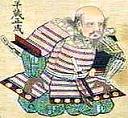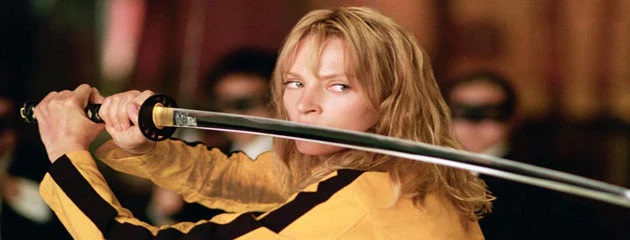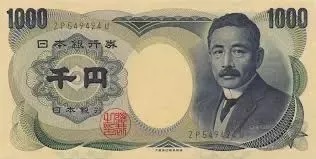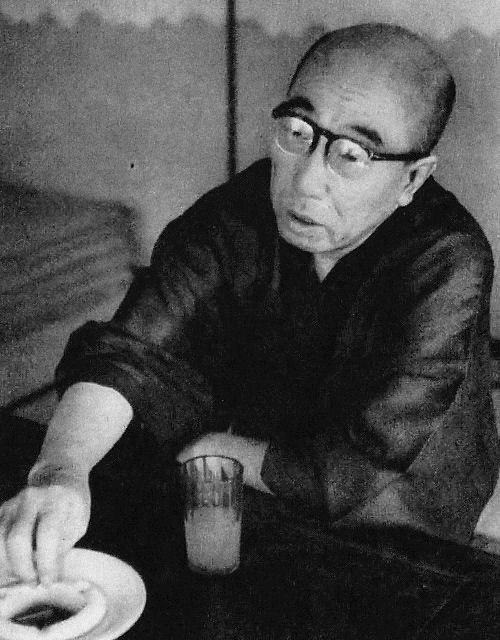













TLW's Japanese Novelist Historyscope |
By T.L. Winslow (TLW), the Historyscoperô |
© Copyright by T.L. Winslow. All Rights Reserved. |
Original Pub. Date: Oct. 21, 2024. Last Update: Oct. 27, 2025. |

Westerners are not only known as history ignoramuses, but double dumbass history ignoramuses when it comes to Japanese novelist history. Since I'm the one-and-only Historyscoper (tm), let me quickly bring you up to speed before you dive into my Master Historyscope.

In 1923 Japanese mystery writer Taro Hirai (1894-1965) pub. his first short story "The Two-Sen Copper Coin" under the alias Edogawa Ranpo, which when pronounced quickly sounds like his hero Edgar Allen Poe; he goes on to pub. a ton of short stories, novels, and essays, incl. about his closet gay fetish?


In 1905-6 Japanese novelist Natsume Soseki (1867-1916) pub. his satirical novel I Am a Cat (Wagahai wa Neko de Aru), about a cat who speaks high-class Japanese. He goes on to become so popular that his portrait is put in the 1000 yen note.

In 1939-45 the Empire of Japan loses World War II (WW2), resulting in its humiliating surrender on Sept. 2, 1945 after the atomic bombings of Hiroshima and Nagasaki on Aug. 6 and Aug. 9, after which the people live in a state of shock and awe, plus denial, ameliorated by U.S. aid to Japan in 1946-52 to rebuild its infrastructure and economy while demilitarizing them, only to reverse course in 1947, remilitarizing them to help them win the Cold War, leaving them with split personalities?

On July 5, 1949 Japanese far-right nationalist anti-Western anti-Marxist anti-globalist writer Yukio Mishima (Kimitake Hiraoka) (1925-70) pub. his 2nd novel Confessions of a Mask, followed by the novel The Temple of the Golden Pavilion, about the 1950 burning of the Golden Pavilion(Reliquary) (Kinkaku-ji) of Kyoto by young Buddhist Mizoguchi after it had survived destruction many times since its founding in the late 1300s. On Nov. 25, 2970 afer his works were passed over for the Nobel Lit. Prize 5x and it went to his benefactor Yasunari Kawabta, he invades a military base in C Tokyo with four comrades, takes the commandant hostage, then commits seppuku after he fails to inspire the other Japanese forces to rise up against the Japanese govt.


In the 1950s the legend of Japanese samurai Hattori "Demon" (Second) (Oni no) Hanzo (1542-97) becomes popular in Japanese novels, anime et al.; featured in the film Kill Bill Vol. 2 (2003).

In June-July 1979 Japanese jazz cafe owner Haruki Murakami (1949-) pub. his first novel Hear the Wind Swing (original title "Happy Birthday and White Chistmas"), about an unnamed 21-y.-o.Tokyo U. biology student and his anti-establishment student friend the Rat in summer 1970 Kobe, becoming #1 in his Trilogy of the Rat, incl. Pinball (1973), and A Wild Sheep Chase (An Adventure Concerning Sheep) (1982), followed by the epilogue Dance Dance Dance (1988). In 1987 he pub. the novel Norwegian Wood, about 1960 anti-establishment students in Tokyo from the POV of Toru Watanabe. He goes on to sell millions of copies in 50 languages and receive many prizes, but not a Nobel Lit. Prize (until ?).
TLW's List of Japanese Emperors